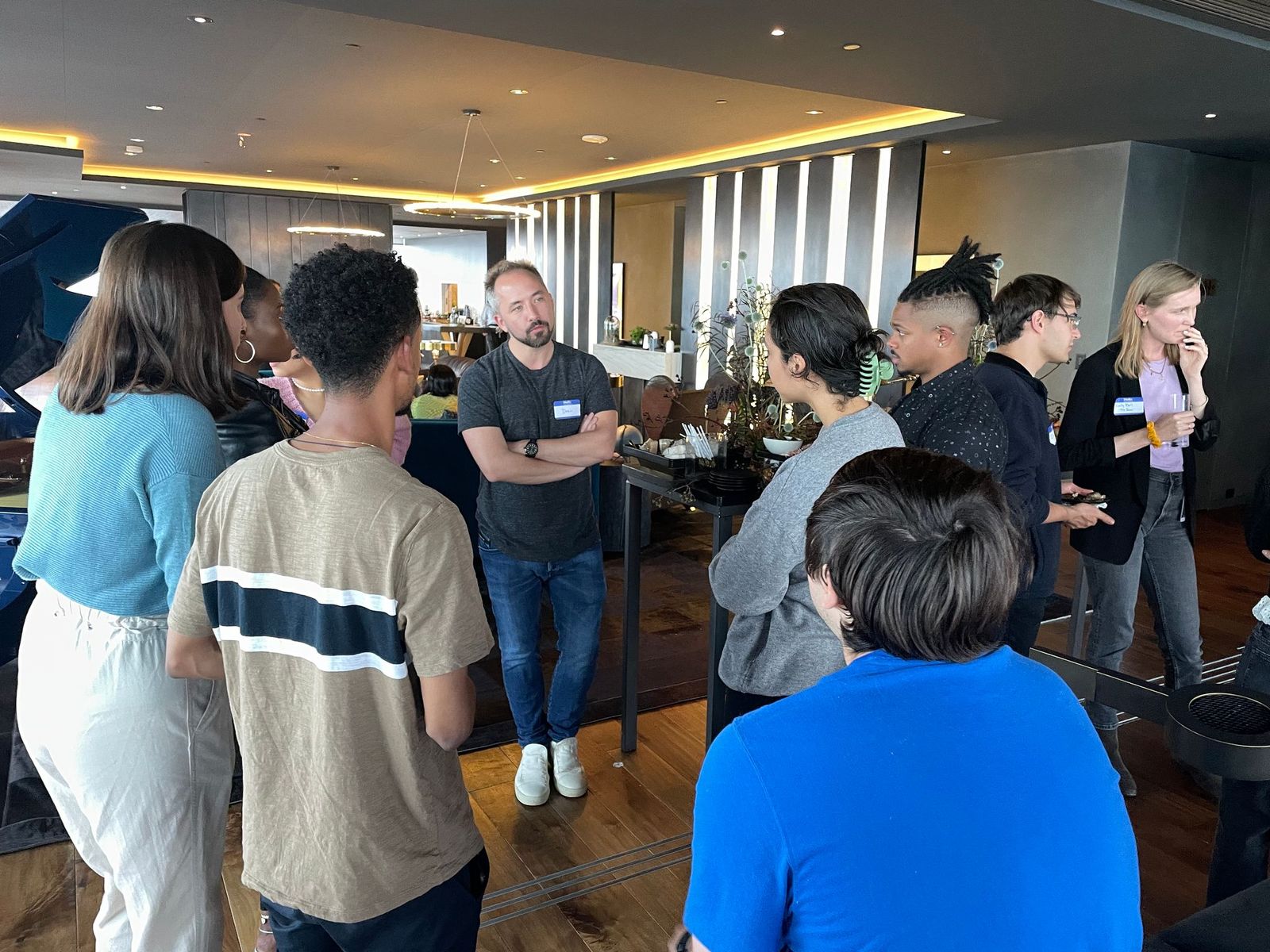The future of Dropbox, according to our CEO Drew Houston

Predicting the future of any tech company can be speculative at best. Trends come and go, customer priorities shift, and the world demands that technology either keep up or get out of the way. Having a future-forward perspective and vision is critical to becoming (and staying) a major player in the industry.
At Dropbox, we like to think that our evolution has been driven from the bottom up — from the brilliant and hardworking people who dream up, design, engineer, and market our products and platform. Their work and their ideas shape us as a company and inform our plans for our future.
And since 2020, those plans have definitely shifted in a way that nobody anticipated, but that has provided even more opportunities for Dropboxers to shape the future of work. It all started with the sudden global shift to remote work. In an interview with the Boston Globe, our CEO Drew Houston said, “It felt like the world was hit by an asteroid, and overnight everything was different. First, [my priority] was helping make sure that everybody is safe and we can support them.
But then it was pretty clear that this might be one of the most fundamental changes to knowledge work since that term was invented 60 years ago. It was very clear that 2020 would be the year that the world permanently shifted from knowledge workers primarily working in an office, to primarily working out of a screen. We could see this with our customers very literally. I was talking to a customer last week — [They] were all in the office the day before lockdown, [and] all their servers were in there. They needed a way to migrate all of their stuff into the cloud, because they went from three physical sites to 100 physical sites, as people were all working from home. Dropbox was instrumental in making that happen.
We were very happy to hear that doctors were using us to coordinate medical responses, or people were using HelloSign [an e-signature service owned by Dropbox] to sign PPP loans. If we’re all working out of digital environments, what you see on your screen is a lot more important than the design of the physical [office] space, and I don’t think it’s gotten nearly as much attention.”
Drew elaborated on the importance of the design of our digital spaces and making our tools work for us (instead of the other way around) at our internal Sync Up summit: “At work, there was this growing problem of distraction and overload that it didn’t seem like the world was solving. There was a cultural problem in that we’re all wearing our busyness like a badge of honor on our sleeves when we should really be focused on creating a more sustainable way of working. The technology is part of it too — initially, it helped us get things done and save time. But eventually, the tools kind of became the work. You look at your phone and you have 80,000 unread whatevers. So now we’re in a situation where it feels like work has spilled over into every waking moment.
So what does Dropbox have to do with this? Now, we’re working almost entirely from a screen instead of a physical office, and that’s a permanent change. So it really matters how those environments are designed. How do we make an experience on your screen that’s calmer? More organized? More focused and less of a mess? That’s the definition of creating a more enlightened way of working for me.”
Shortly after Dropboxers across the world started working from their couches, kitchen tables, and makeshift home offices, Drew and other leadership realized that remote work was here to stay. They recognized the opportunity Dropbox had to introduce a new way of working that would help all of our employees achieve an unprecedented work-life balance, and hopefully set an example for the rest of our industry.
But that shift from working in an office everyday to collaborating with thousands of other at-home Dropboxers didn’t come without challenges. While we were already set up well to work within the cloud with our own products, we still needed to find ways to replace in-person collaboration and beef up our organization. Dropboxers took the wheel in innovating those solutions; Drew explained, “We have [Spaces, which is] a better way of organizing all your content across meetings and projects. Why can’t I click a meeting and see the stuff that we were just presenting? How do I bring together all these different kinds of content in one container?
We also just launched a product called Capture, which basically lets you take video of your screen or yourself. If you want to narrate something and do a little two-minute video of the kinds of things you do in a short presentation, or a quick status update — it [provides] some substitute for the prior experience of looking over someone’s shoulder, or saying, ‘Hey, come to my desk. What do you think about this?’”
And the future holds even more possibilities for how we can improve and perfect the Virtual First remote work experience. As Drew said, “We have a huge opportunity in front of us. There’s never been a better time to be in the business of building collaboration software, and we’re really well-positioned for this change.
We’re painting on a much bigger canvas and there are a lot of open questions. As we move from syncing your files to organizing all of your cloud content, how do we do that? What does that really look like? For our industry and for Dropbox, it’s a really fertile time creatively, where everybody here is going to be able to make a big impact on what that future looks like.”
Interested in learning more about how you could be a part of Dropbox’s exciting future? Visit our jobs site to check out open positions.